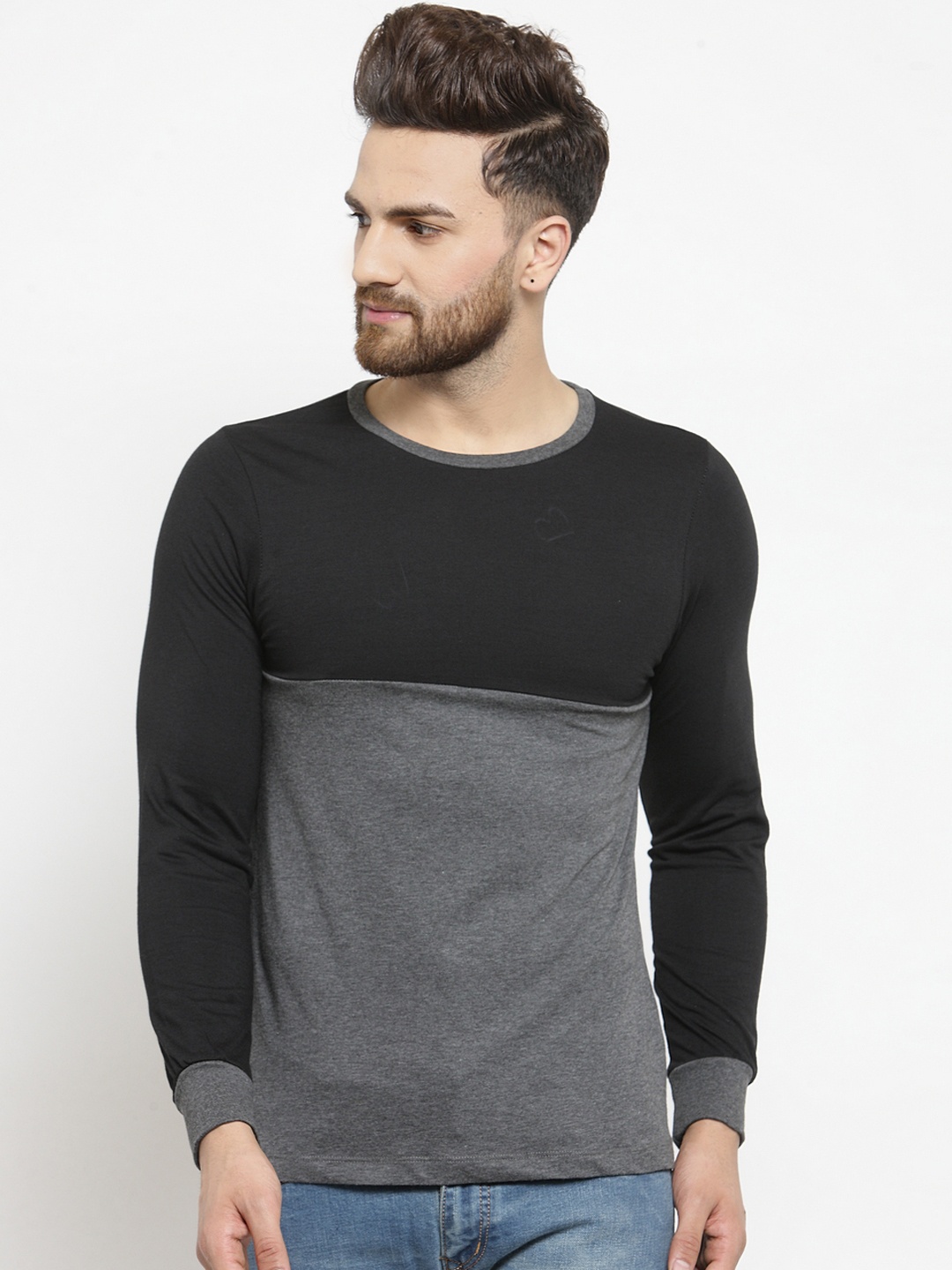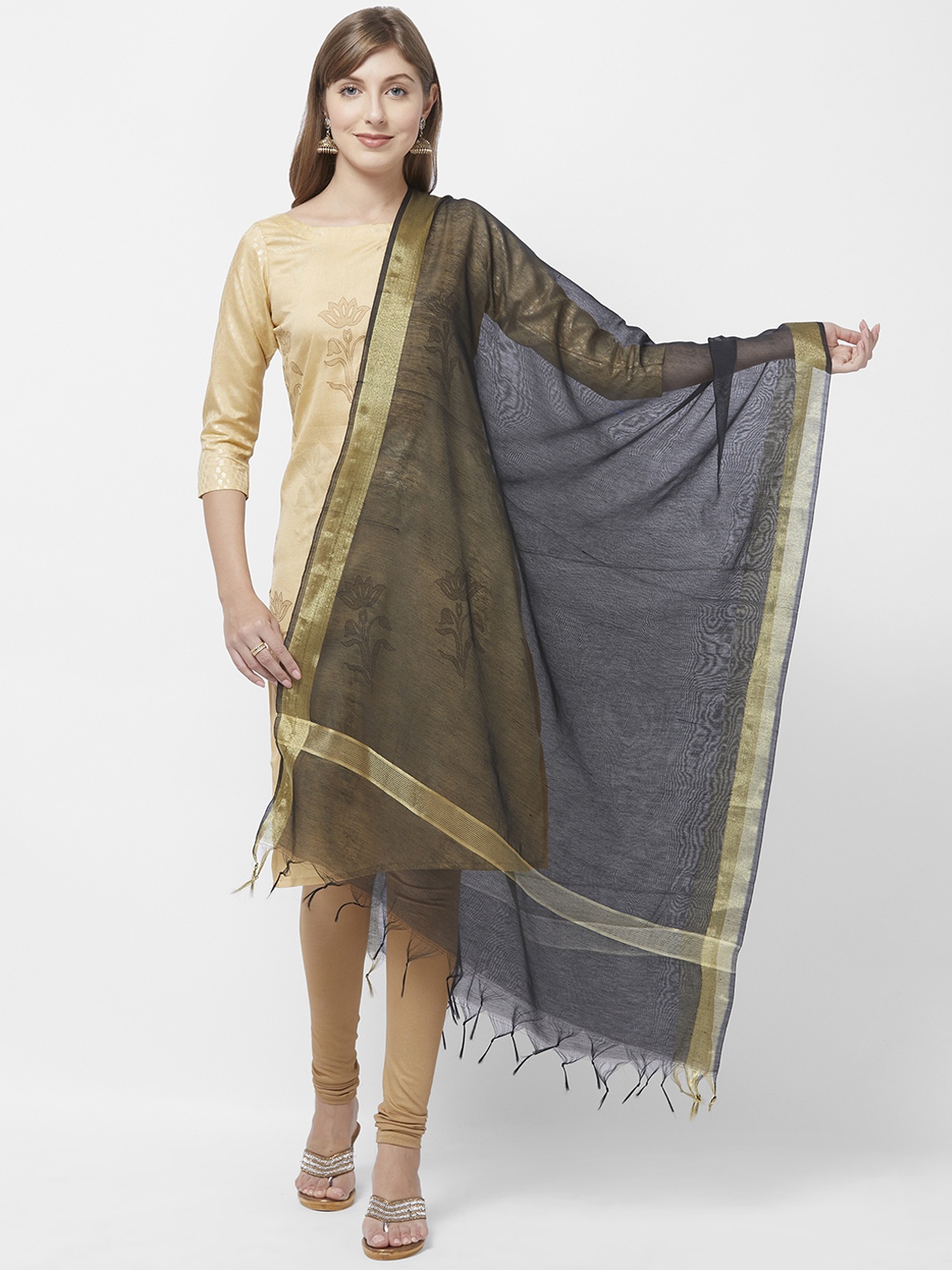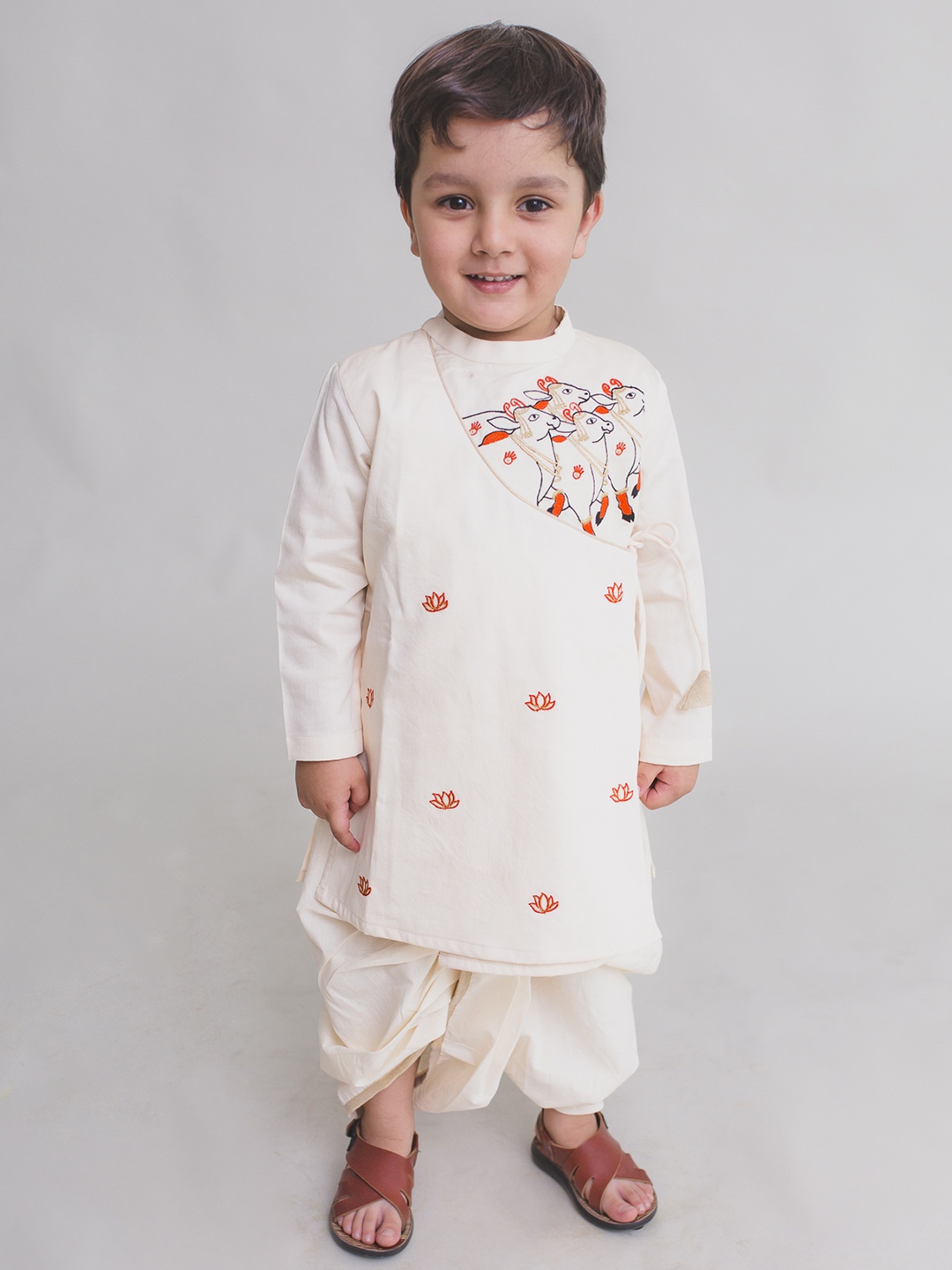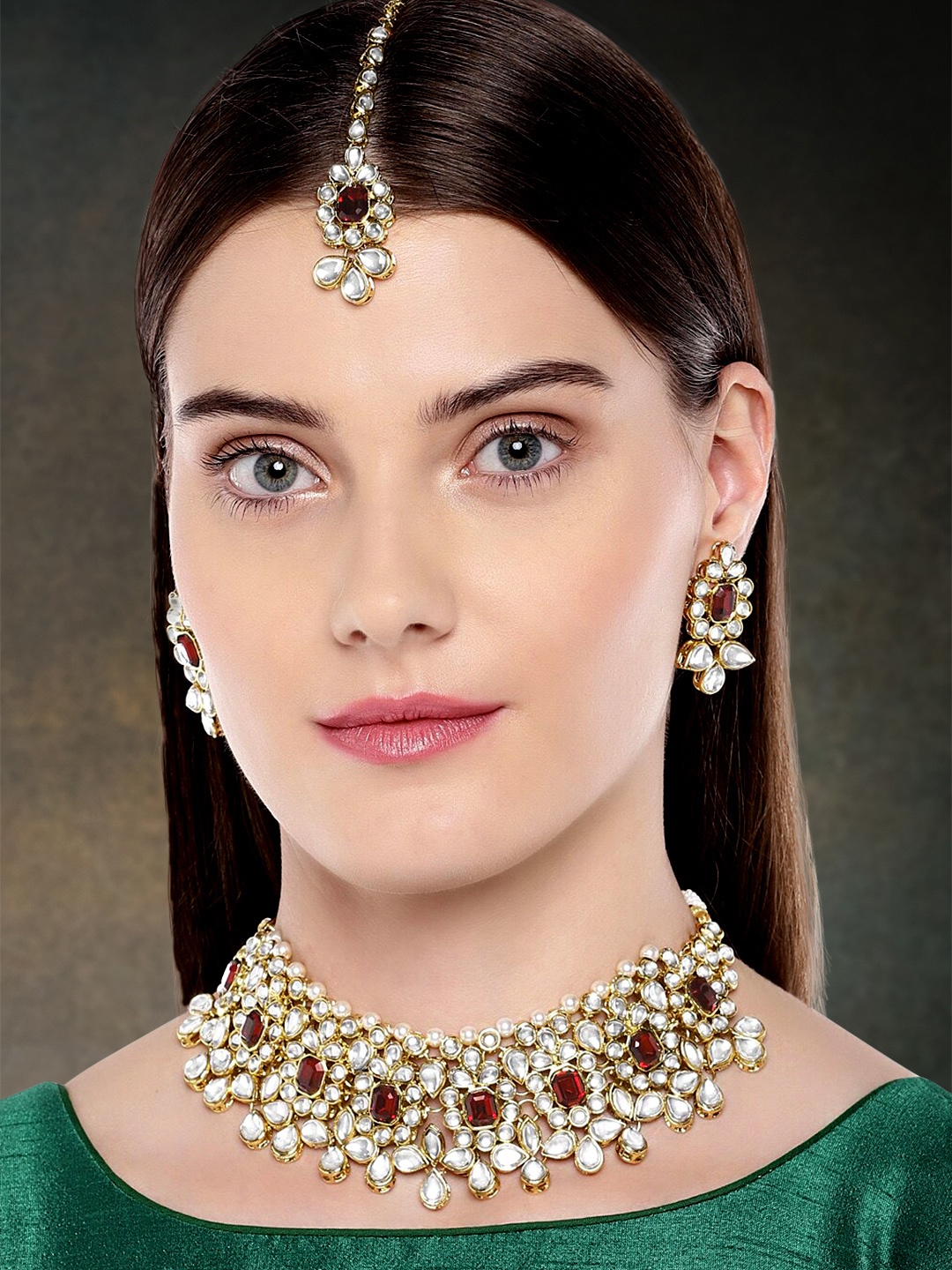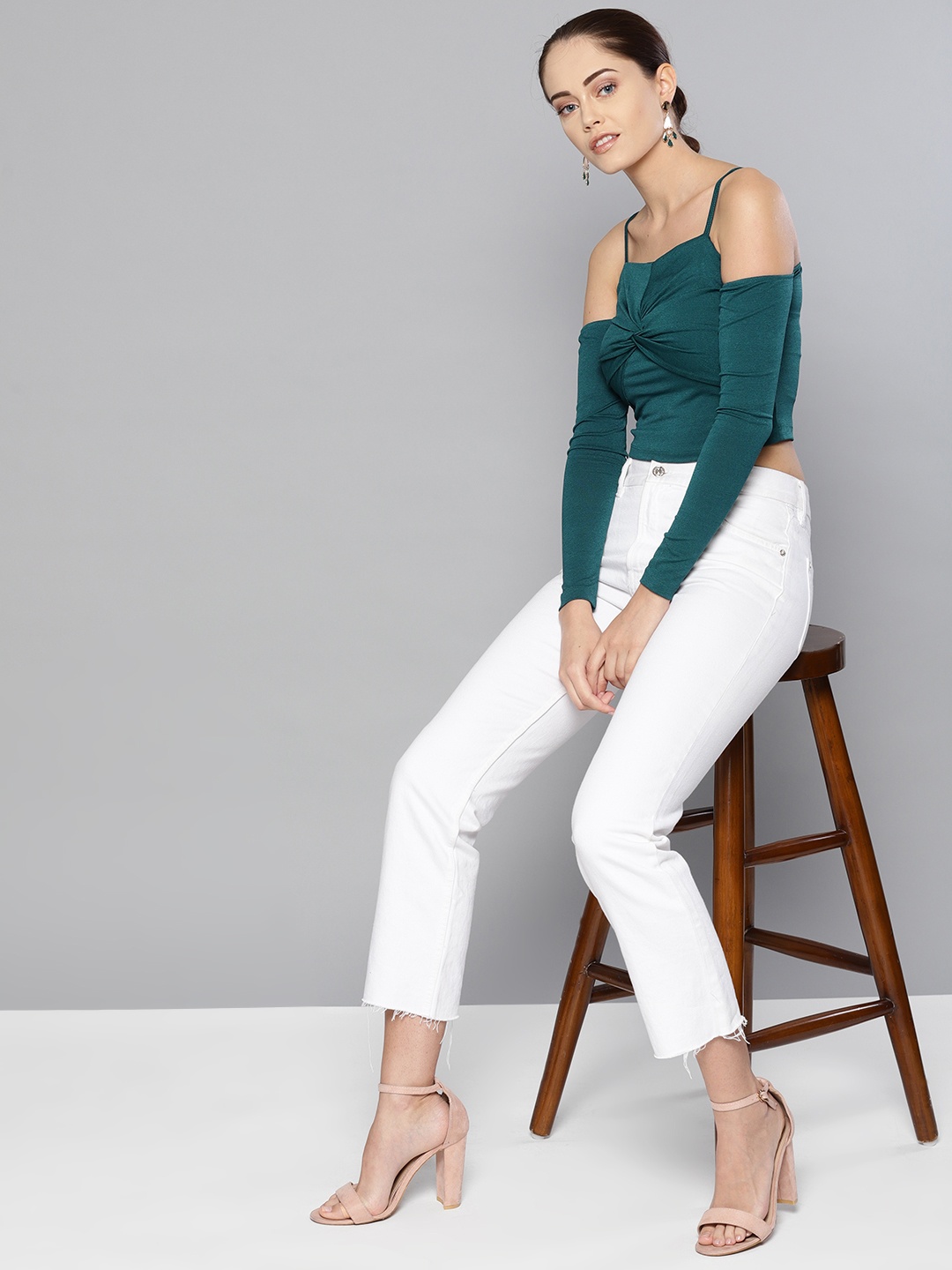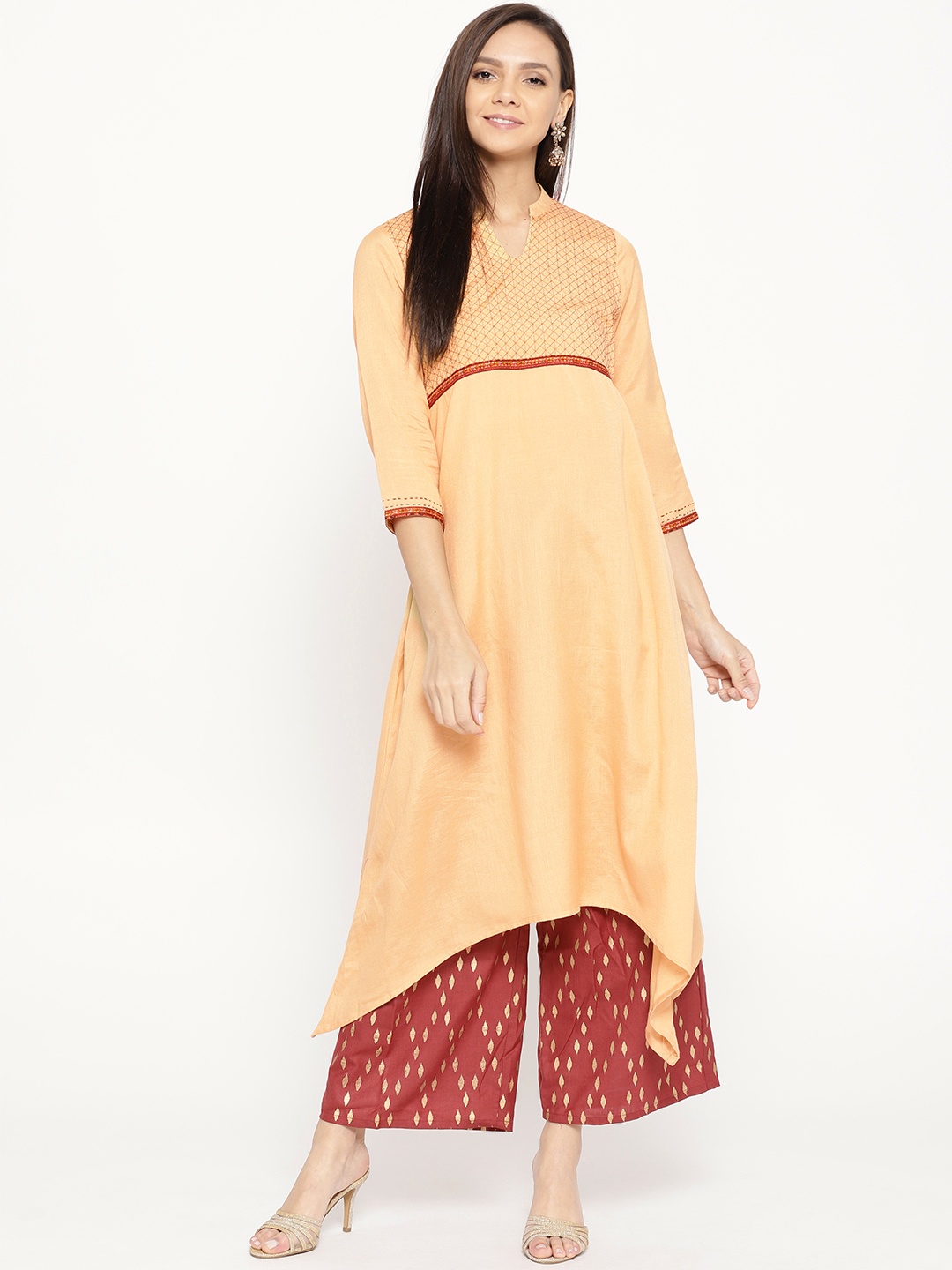Dupatta Draping Tips For Petite Women That Add Height
A dupatta can be a style statement that can transform an entire outfit. For women with petite frames, the right way of draping it can create the illusion of added height and grace. This is how to make that elegant fabric work wonders for you.

How To Drape A Dupatta To Look Taller: Simple Styling Ideas For Petite Women.
The dupatta, an inseparable part of ethnic wear, carries elegance, tradition, and a dash of drama. Yet, for many petite women, this flowing fabric can sometimes feel overwhelming, too long, too wide, or simply too much to handle. A perfectly draped dupatta can lengthen the silhouette, balance proportions, and add finesse to any outfit, whether it's a salwar suit, lehenga, or kurta set. The key is to use simple draping techniques, clever fabric choices, and thoughtful styling that create an illusion of height without compromising comfort or tradition.
Here are the top tips for petite women to drape their dupatta in a way to look taller and more elegant effortlessly.
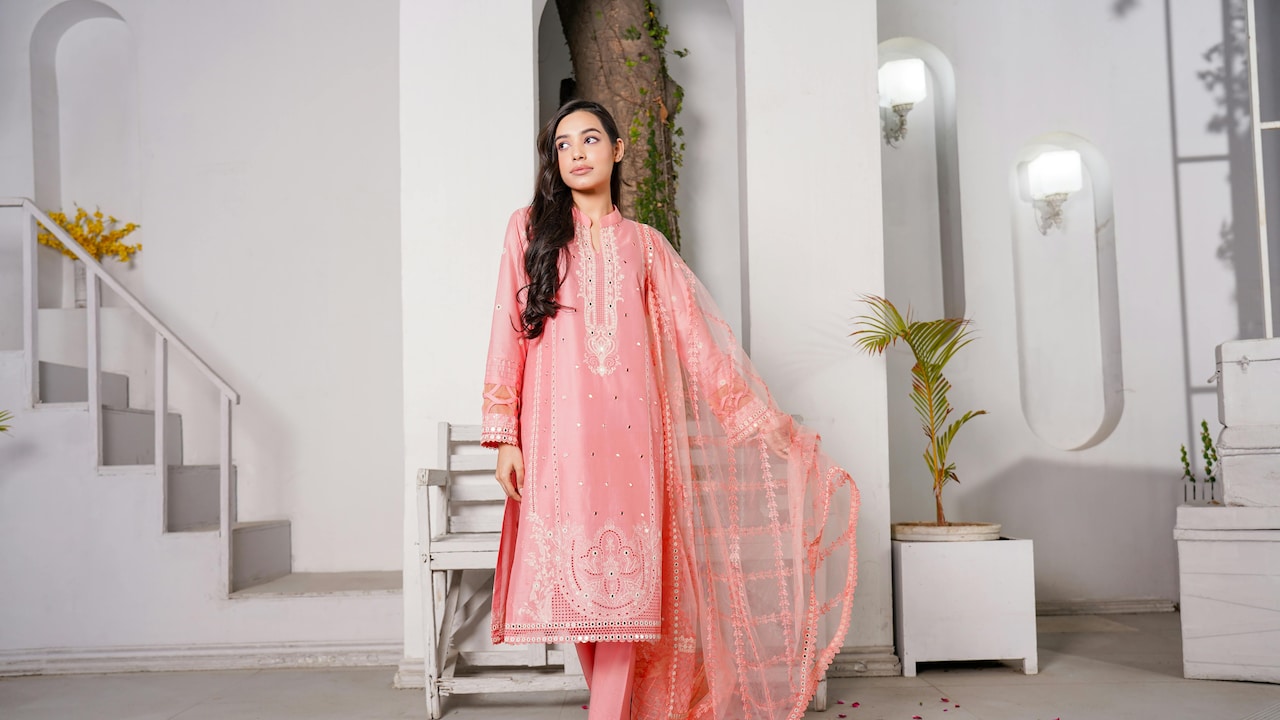
Dupatta draping tips for petite women: Add instant height and put the spotlight on yourself.
Photo Credit: Pexels
How To Drape Your Dupatta So You Look Taller Instantly
1. Choose Lighter Fabrics That Flow Naturally
The first secret lies in fabric selection. Heavily embellished dupattas tend to weigh down the overall look, making a petite frame appear shorter and bulkier. Lighter fabrics like chiffon, georgette, organza, or soft cotton voile move gracefully and create an airy illusion that enhances height.
Picture this: a soft, breezy chiffon dupatta catching the wind as you walk, its movement naturally draws the eye upward and outward. That's visual magic! These fabrics drape close to the body without adding extra volume, which helps maintain proportion.
Avoid thick silks or heavily embroidered velvets unless the embroidery is minimal or focused along the borders. A thin zari edge or delicate sequin detailing gives structure without overwhelming the outfit. Light fabrics not only feel more comfortable in warm weather but also add that delicate, poised touch that taller silhouettes often achieve with ease.
2. Go Monochrome Or Match Your Dupatta To Your Outfit
Colour coordination is more powerful than it seems. A contrasting dupatta can visually break the body into segments, making one appear shorter. For a taller, sleeker look, choose a dupatta in the same shade as your outfit or in a tone slightly darker or lighter within the same family.
For instance, a rose-pink kurta with a blush or deep-rose dupatta creates a seamless visual line. Monochrome dressing elongates the body, creating an uninterrupted flow from shoulder to toe. This styling trick not only adds height but also sophistication.
If you love contrast, use it cleverly, opt for subtle borders or ombré shades that blend into your outfit rather than stark opposites. A coordinated look exudes elegance and allows the focus to stay on you, not on where your outfit begins or ends. Think continuity, not contrast, and the result will always flatter your frame.
Also Read: Why Statement Dupattas Are Diwali 2025s Biggest Festive Trend for Elegant Ethnic Looks
3. Drape Vertically For A Streamlined Look
The way you position your dupatta can instantly change your proportions. For petite women, vertical draping is the golden rule. Letting the dupatta fall straight down from the shoulders, with minimal pleats or gathers, creates a long vertical line that tricks the eye into seeing more height.
Try the classic “one-side shoulder fall” where the dupatta flows freely on one side and is neatly pinned on the other. This asymmetry adds style while maintaining vertical balance. Another elegant choice is the “front-drop” style, pin the dupatta on both shoulders and let it cascade evenly down your front.
Avoid styles where the dupatta wraps around the body multiple times or bunches up at the waist, as these tend to cut the body's line and reduce the illusion of height. Simplicity here is your best friend, clean, vertical lines elongate effortlessly.
4. Keep Dupatta Length Proportionate To Your Height
Length matters. A dupatta that drags on the floor or one that barely reaches your knees can throw off balance. The ideal length for petite women is around 2.2 to 2.4 metres, long enough to flow gracefully but short enough to stay proportionate.
Think of your dupatta as a frame for your outfit, it should complement, not overshadow. Overly long ones can make you look smaller in comparison, while shorter ones can appear out of place. Choose a medium length that allows for versatile draping without bulk.
If you're getting a custom-made dupatta, request the fabric to be cut slightly shorter than standard measurements. This not only keeps it practical for movement but also ensures the fabric doesn't overpower your look. Balance is everything, your dupatta should enhance your height, not challenge it.
5. Say Yes To Vertical Embroidery And Borders
Details can make or break the illusion of height. When choosing a dupatta, look for designs that feature vertical embroidery, stripes, or motifs that draw the eye up and down. Horizontal patterns, on the other hand, can shorten your frame visually.
A dupatta with vertical gota lines, thin zari work, or embroidered vines elongates the torso beautifully. Even a border placed along the longer sides can enhance the effect of verticality.
Avoid broad or heavily ornate borders on all sides; they add unnecessary weight and make the fabric appear overwhelming. A sleek vertical border running parallel to your outfit can subtly enhance height without appearing loud. In short, let your dupatta guide the gaze upwards, not sideways.
6. Try Diagonal Drapes For A Slimming Effect
While vertical drapes work wonders, diagonal drapes add a touch of dynamism. When a dupatta is pinned diagonally, from one shoulder across the body, it visually narrows the waist and elongates the torso.
This style works beautifully with saree-inspired looks or anarkali suits. The diagonal line draws the eye from one shoulder down to the opposite side, giving an elegant, elongated illusion. It's also a flattering way to show off light embroidery without overwhelming your frame.
Keep the pleats minimal, and pin them neatly so it doesn't slide. The idea is to keep it crisp yet effortless, structured without stiffness. A diagonal drape is especially handy when you want to appear taller in photos or at festive gatherings, as it creates natural definition without any extra fuss.
7. Avoid Bulky Dupatta Layers Or Double Drapes
While layering dupattas has become a trend, it's not the best idea for petite frames. Wearing two dupattas or excessively wrapping one around the shoulders can create a heavy, cluttered silhouette that swallows your natural shape.
Stick to one dupatta, styled gracefully. If you wish to experiment, go for a dupatta with dual textures or tones instead of two separate ones. For example, a net dupatta with velvet piping adds depth without extra weight.
Avoid piling fabric around your shoulders or waist, this breaks your natural line and makes you appear shorter. Instead, let your dupatta breathe and move with you. Think “light and lively”, not “piled and puffed”.
8. Use Pins Strategically For A Neat Finish
A few well-placed pins can completely transform the look of your dupatta. Petite women benefit from clean, structured drapes that don't add unnecessary volume. Use discreet pins to secure the dupatta at key points, shoulders, waist, or even the forearm, for a controlled, refined finish.
For instance, when wearing a straight kurta, pin one side of the dupatta firmly at the shoulder and let the other side hang free. This keeps the fabric in place while maintaining an elegant vertical line. Similarly, for festive outfits, pin the pleats neatly so the dupatta doesn't bunch up.
Avoid over-pinning; it can make the dupatta look stiff. The aim is effortless grace with subtle support. A well-draped dupatta moves with you, not against you.
9. Go Minimal With Embellishments
While intricate embroidery and heavy embellishments can be stunning, they're not always flattering on petite frames. Too much detail tends to overpower the outfit and draws attention away from your overall silhouette.
Instead, choose dupattas with delicate accents, tiny mirror work, subtle sequins, or fine thread embroidery. They add sparkle without bulk. A border of lace or fine gota along the edges can lend sophistication without weighing you down.
If you're attending a wedding or festive event, pair a lightly embellished dupatta with a richly detailed outfit rather than both being heavy. This balance ensures that you shine through your style rather than hiding behind ornate layers of fabric.
10. Pair Your Dupatta With Structured Outfits And Heels
Lastly, the way your outfit interacts with your dupatta completes the look. Pair it with structured silhouettes, straight-cut kurtas, tailored suits, or fitted anarkalis. These provide a clean base that enhances the dupatta's drape and elongates your frame.
Footwear also plays a crucial role. Even a modest pair of 2-inch heels or wedges can make a world of difference, helping your dupatta fall naturally and elongating your appearance. Avoid flat juttis when you want that extra lift; instead, opt for block heels or kitten heels that blend comfort with height.
When the outfit, drape, and footwear work in harmony, the result is a balanced, graceful look that radiates confidence. After all, elegance isn't about height, it's about how effortlessly you carry what you wear.
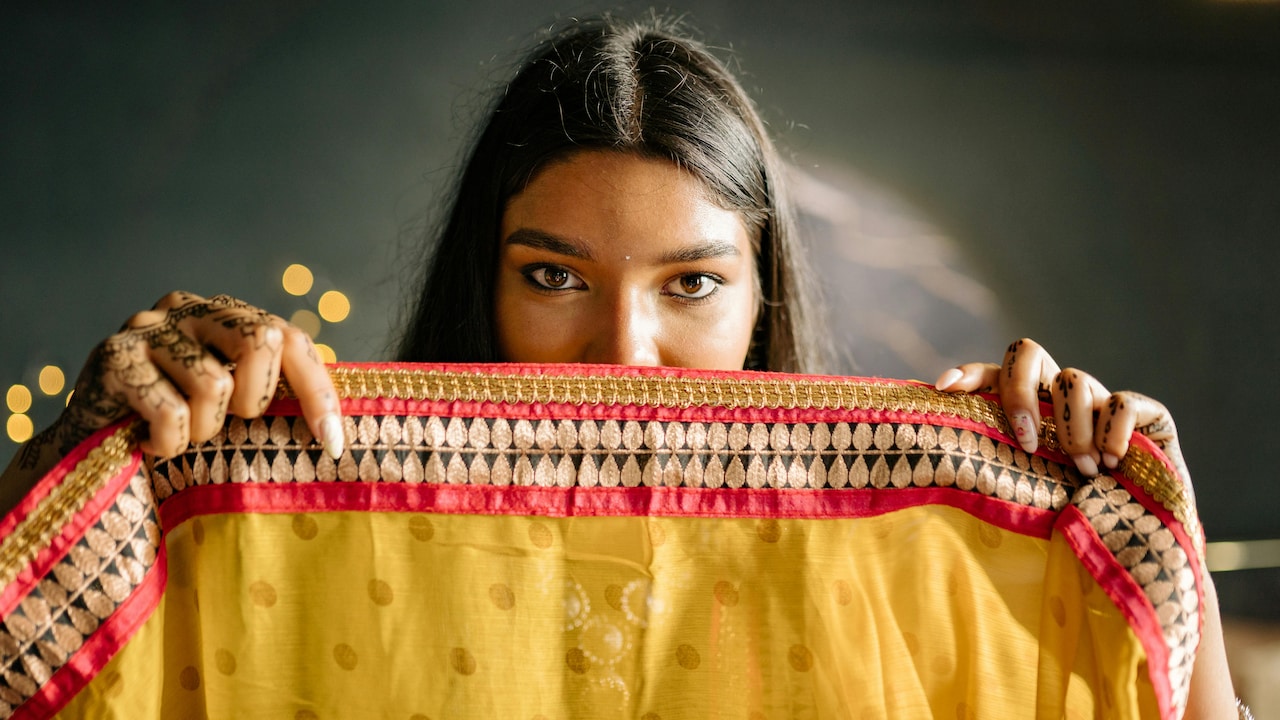
Dupatta Draping Tips For Petite Women That Add Height
Photo Credit: Pexels
Products Related To This Article
1. HELLA FASHIONS Printed Block Print Dupatta
2. Dupatta Bazaar Black & White Ethnic Motifs Printed Dupatta
3. RANGMANCH BY PANTALOONS Ethnic Motifs Woven Design Dupatta
4. Dupatta Bazaar Yellow & Green Printed Dupatta
5. A R SILK DUPATTA HUB Checked Thread Work Cotton Dupatta
6. Sangria Floral Printed Dupatta
7. Swatika Women Printed Bandhani Dupatta
A dupatta can transform a simple outfit into something truly graceful; it's all about how it's styled. Petite women need not shy away from this timeless piece; the secret lies in balance, proportion, and subtle detailing. Whether you're stepping out for a festive celebration, a family gathering, or a casual brunch, these draping techniques can help you feel taller, lighter, and more confident.
Fashion is never about fitting into a mould; it's about expressing individuality with poise. So, drape that dupatta with flair, let it flow freely, and remember, height is just a number, but style? That's your superpower.
Disclaimer: The images used in this article are for illustration purpose only. They may not be an exact representation of the products, categories and brands listed in this article.








